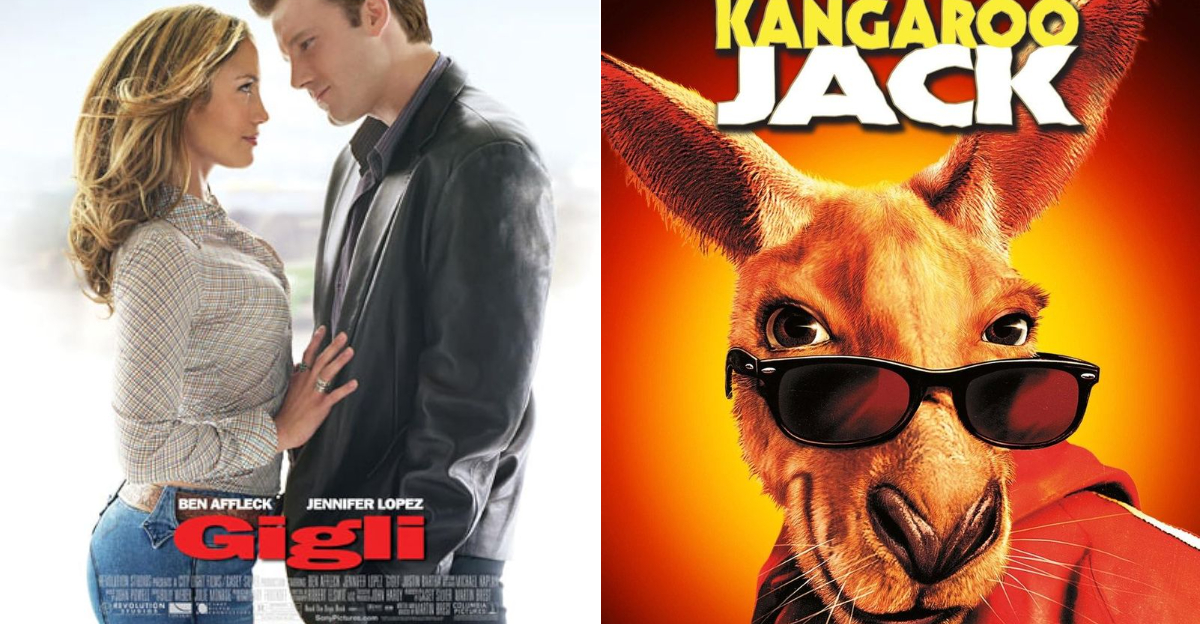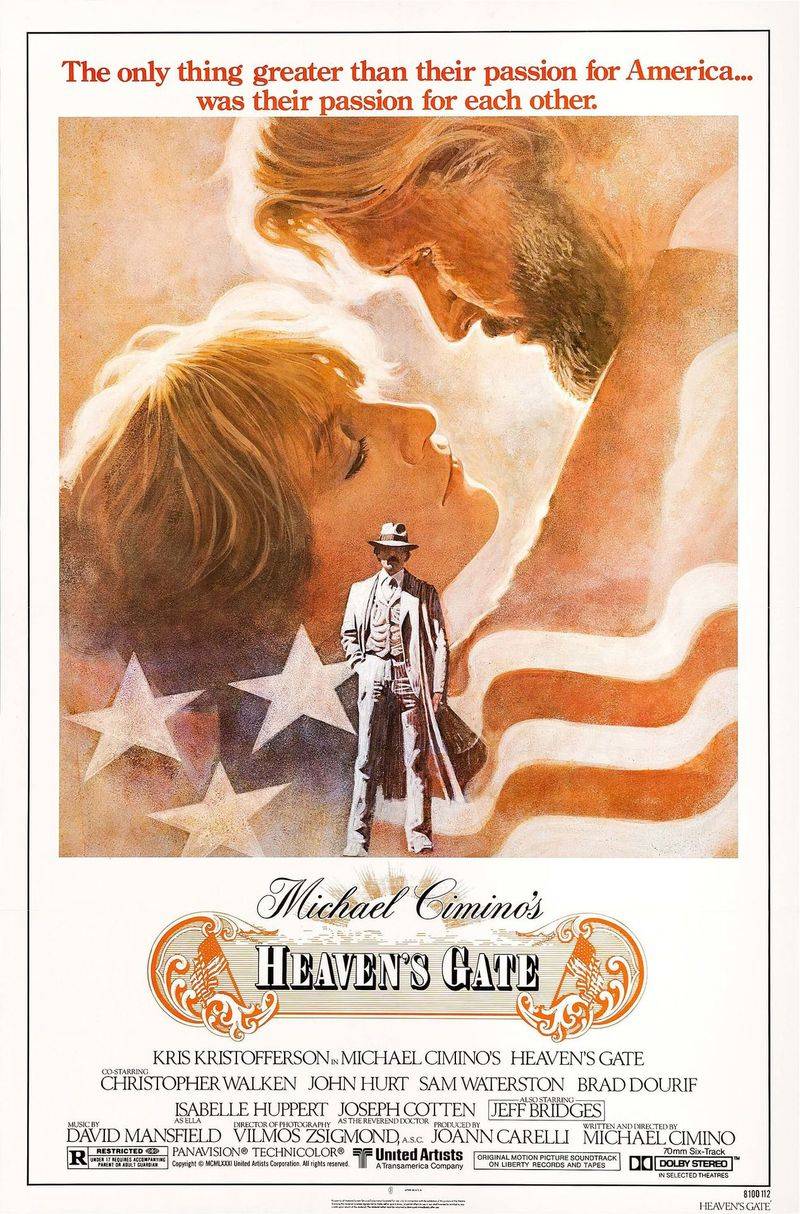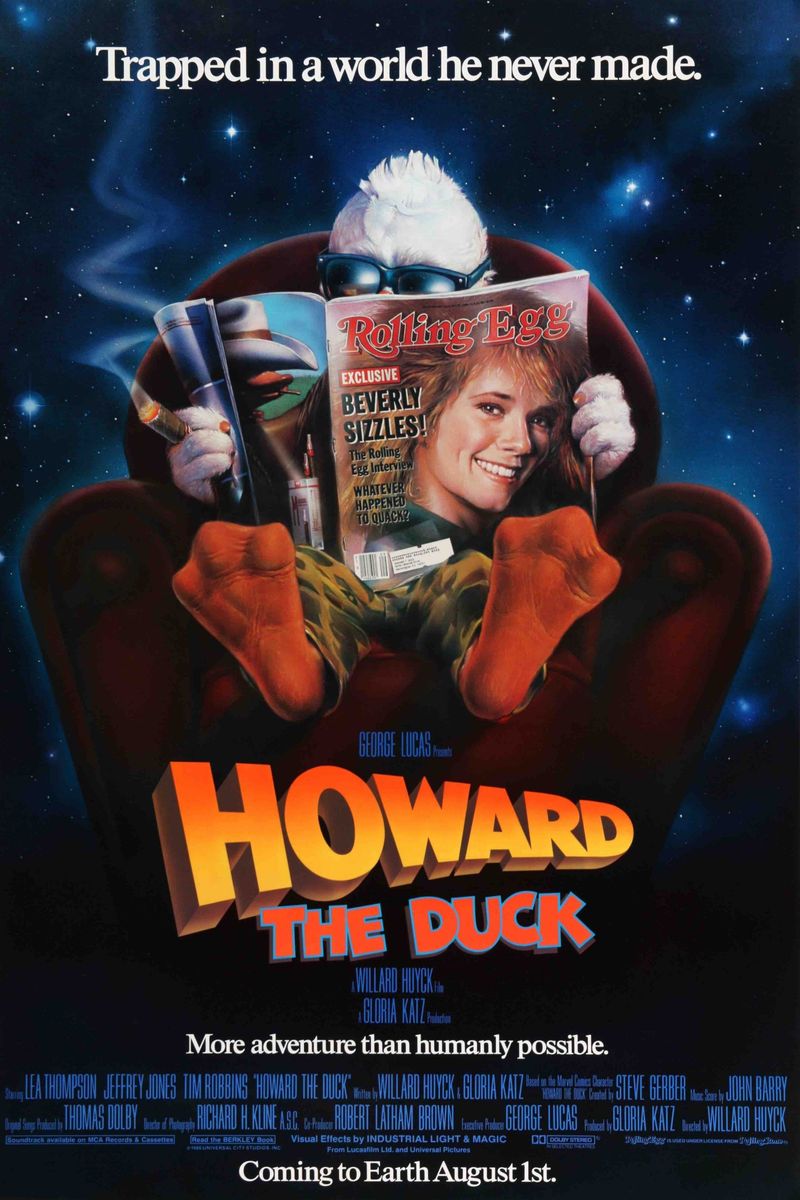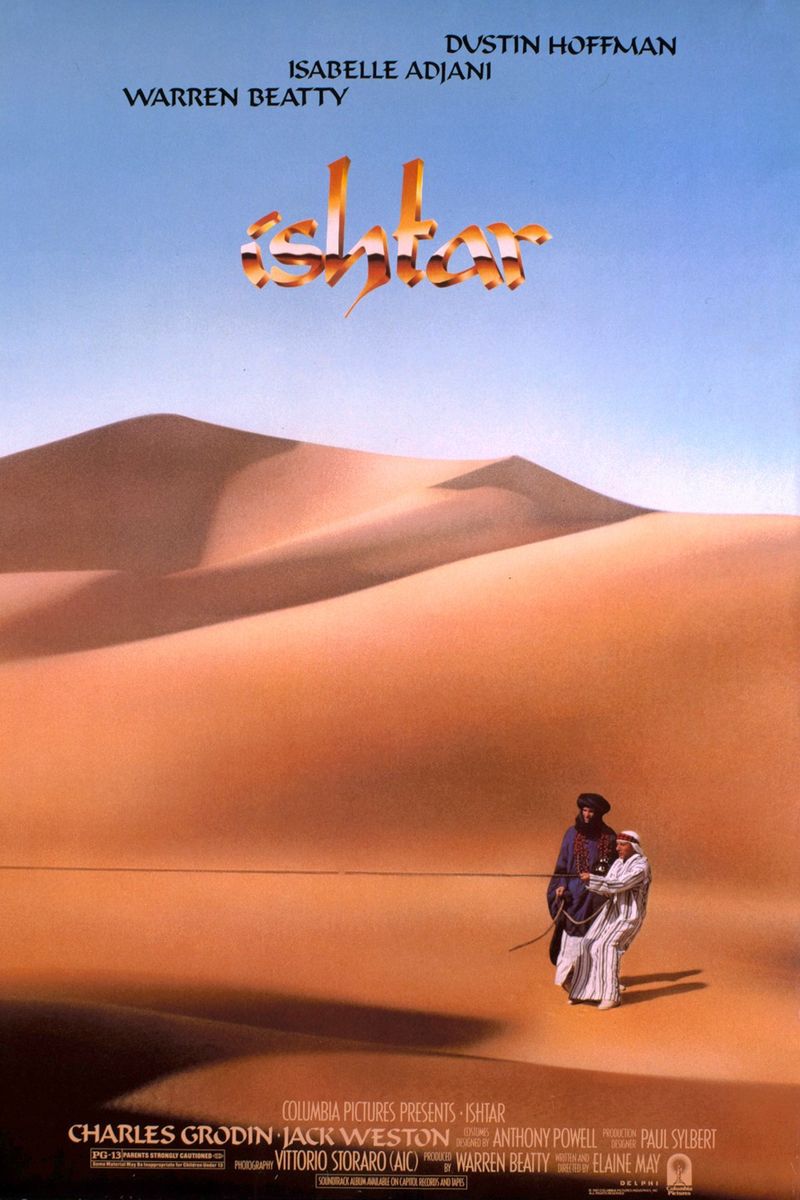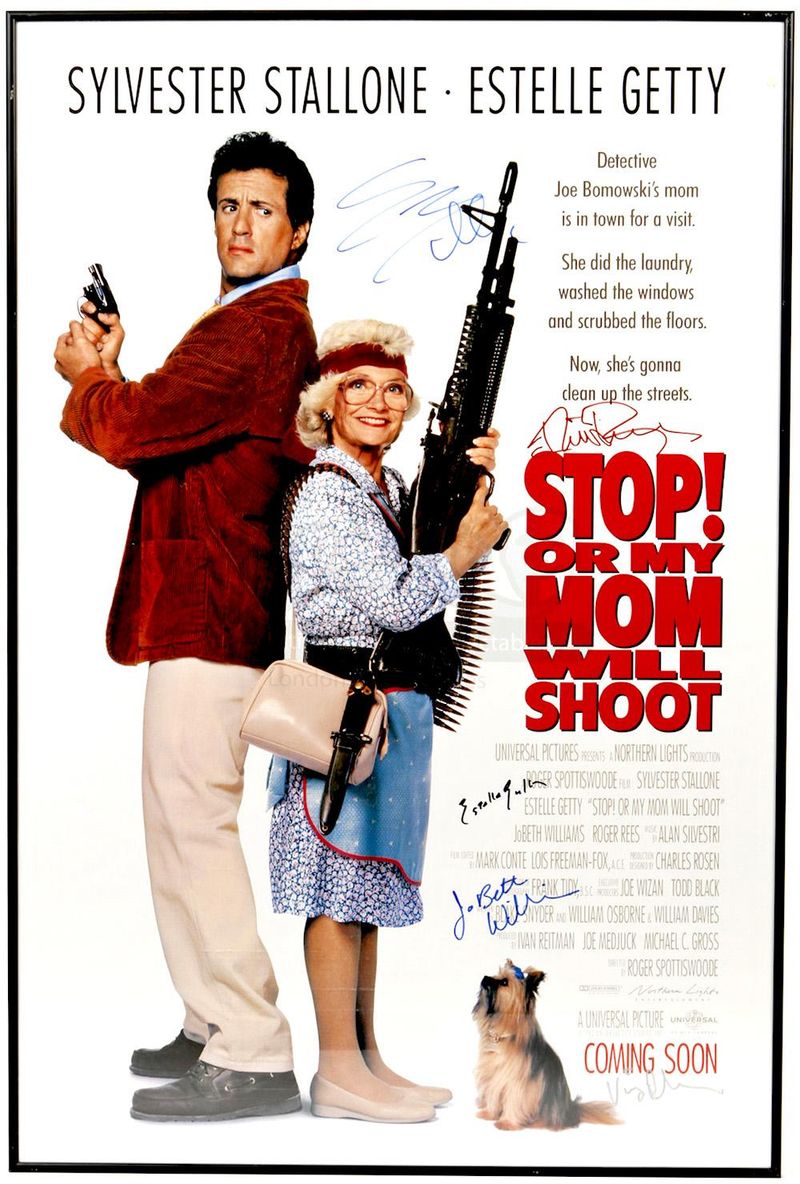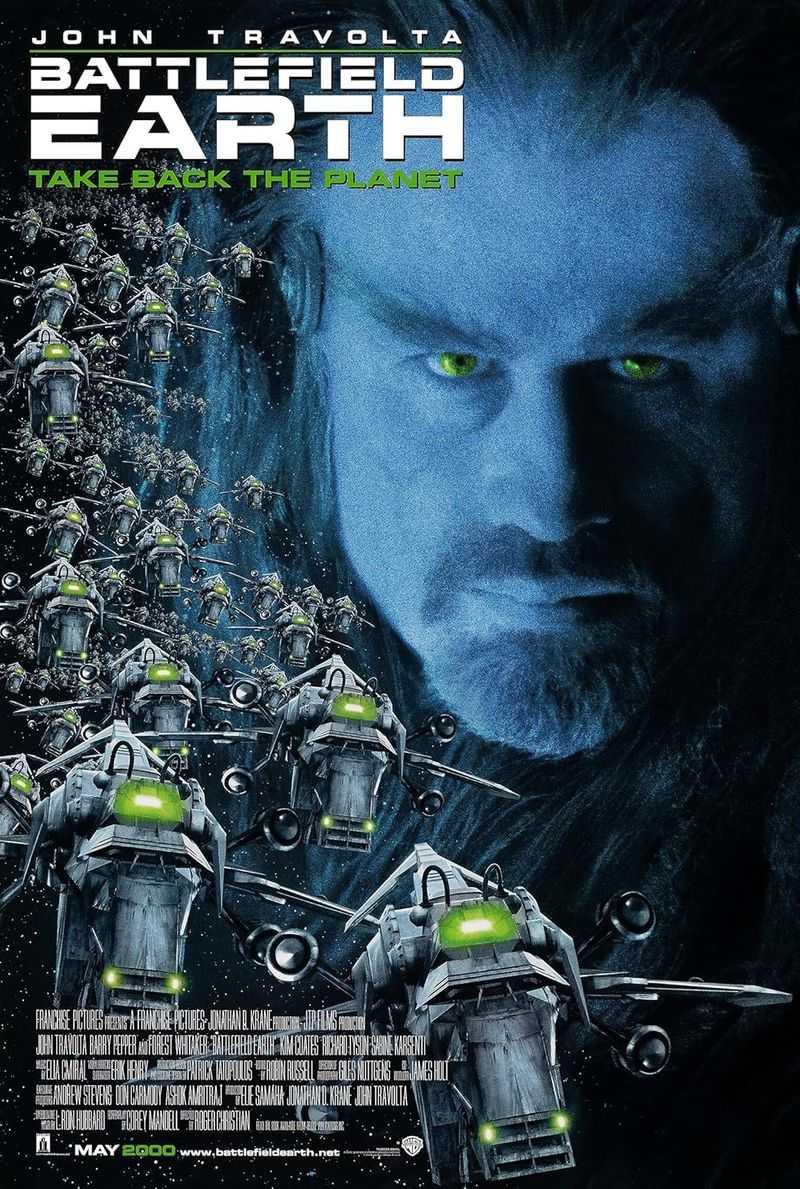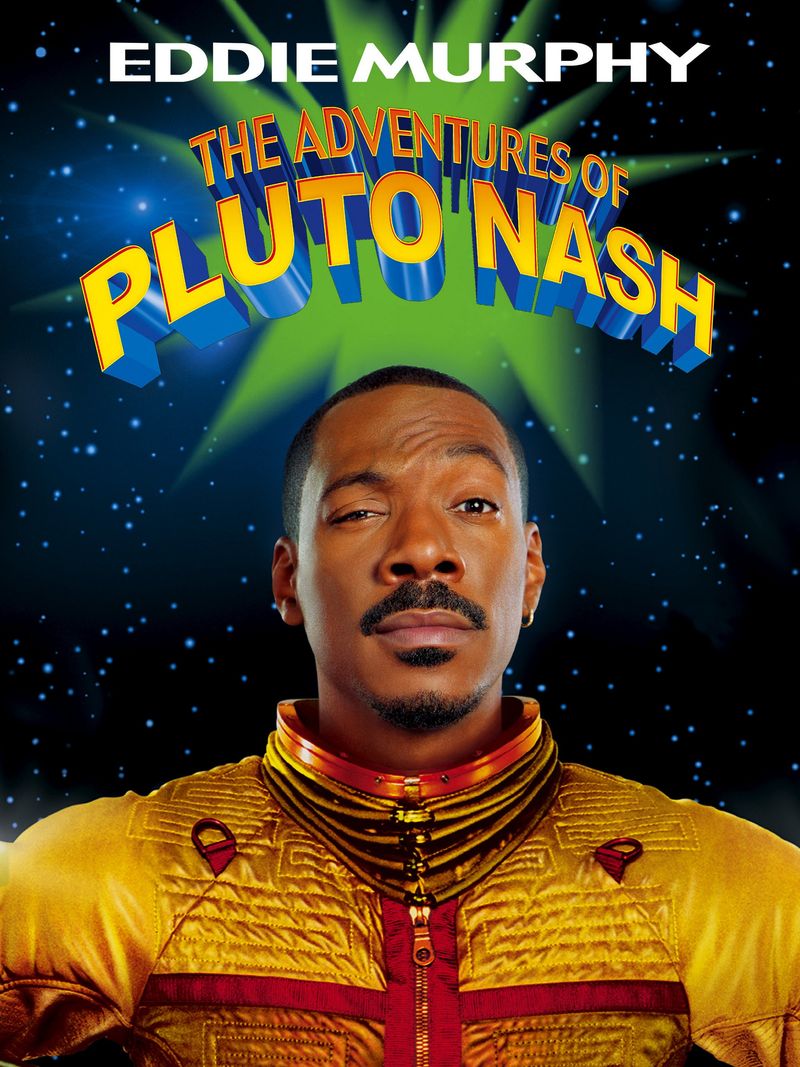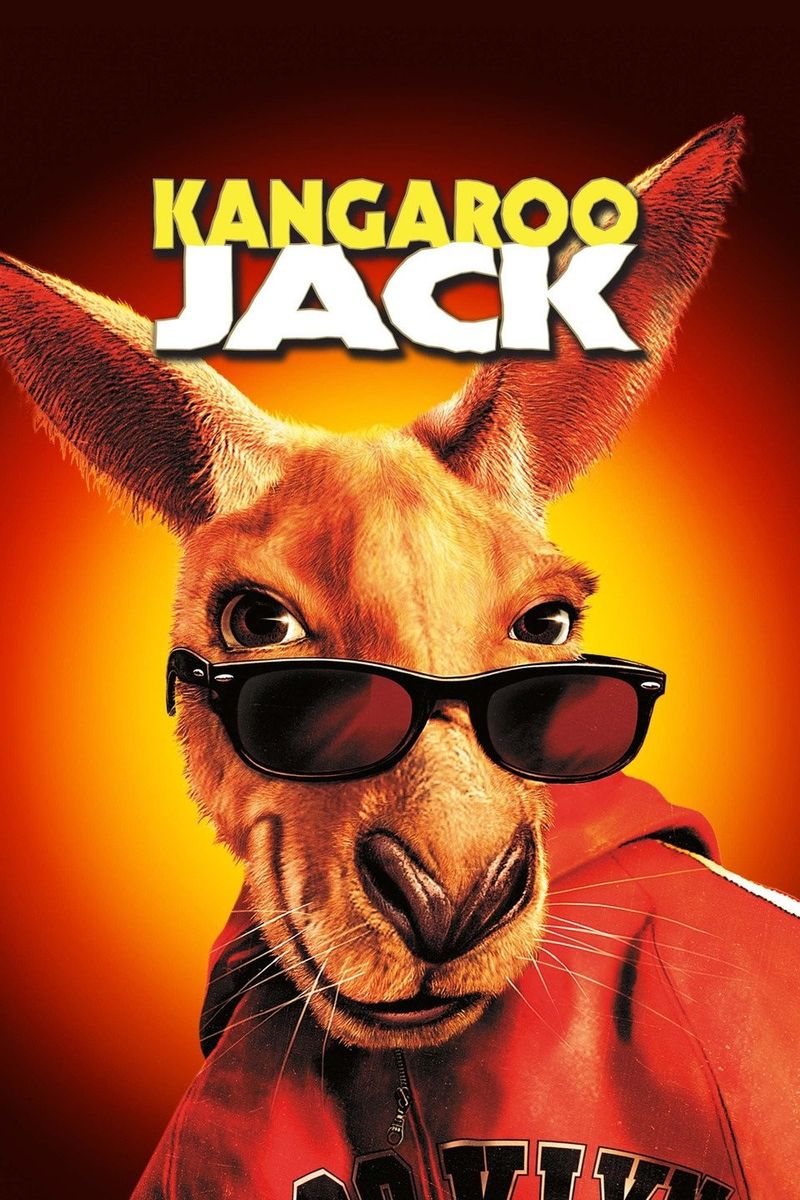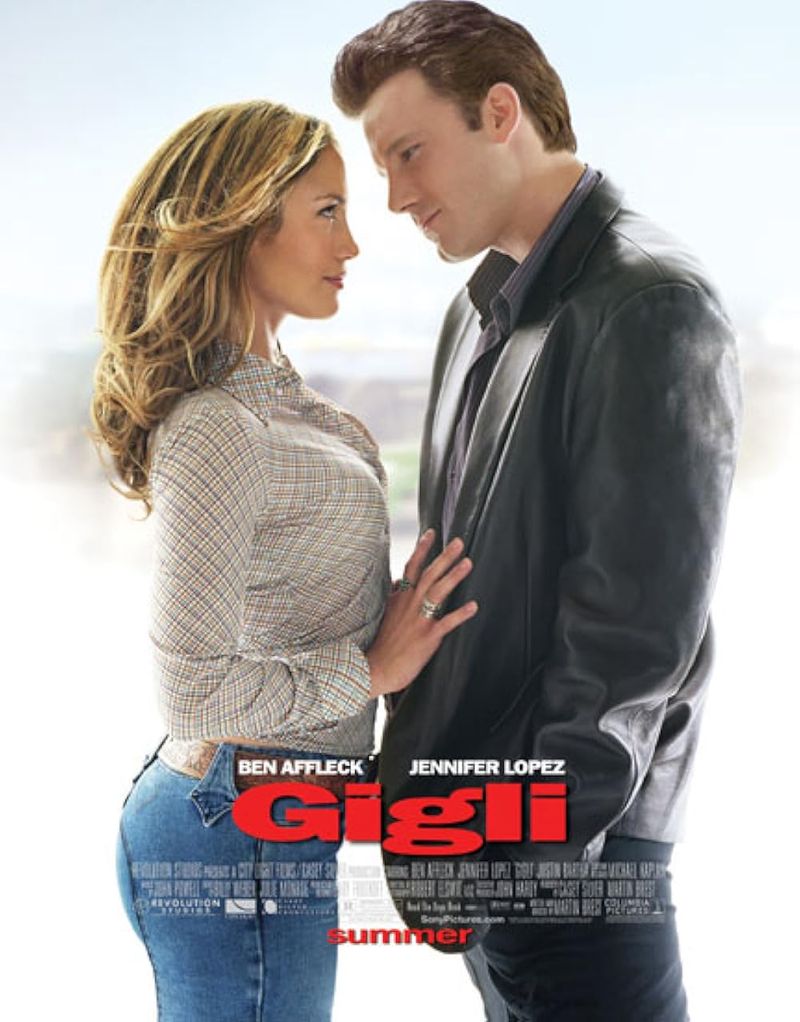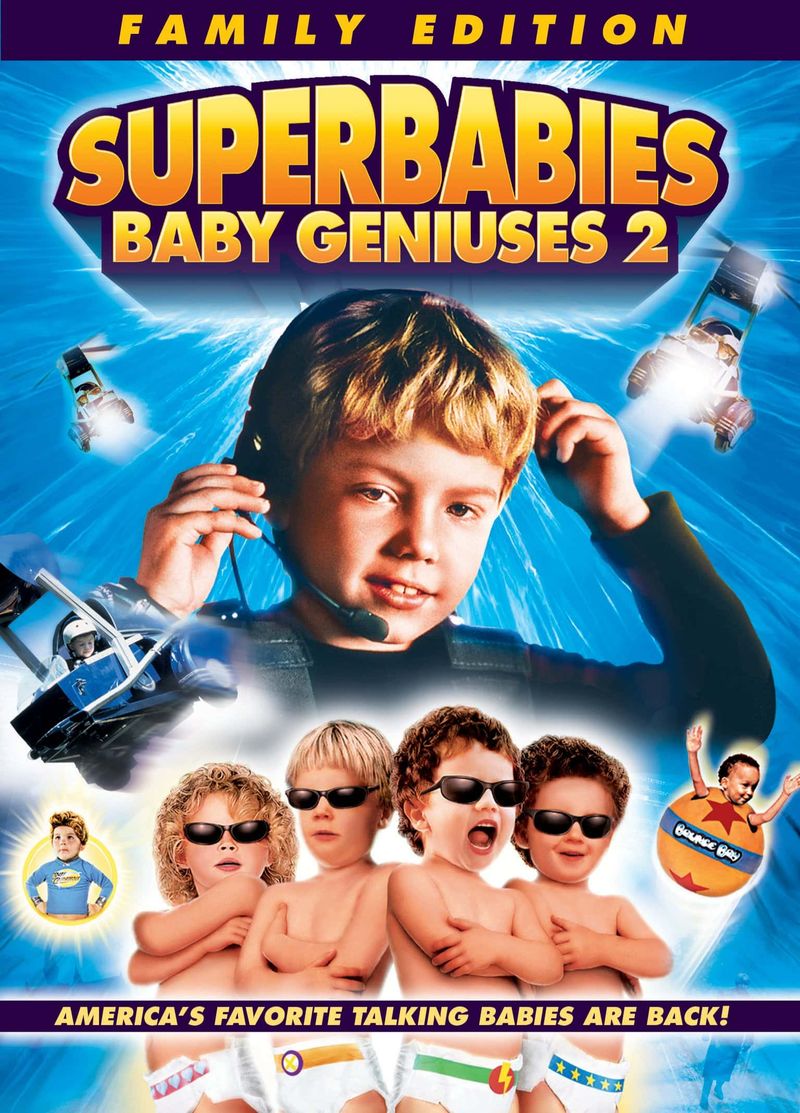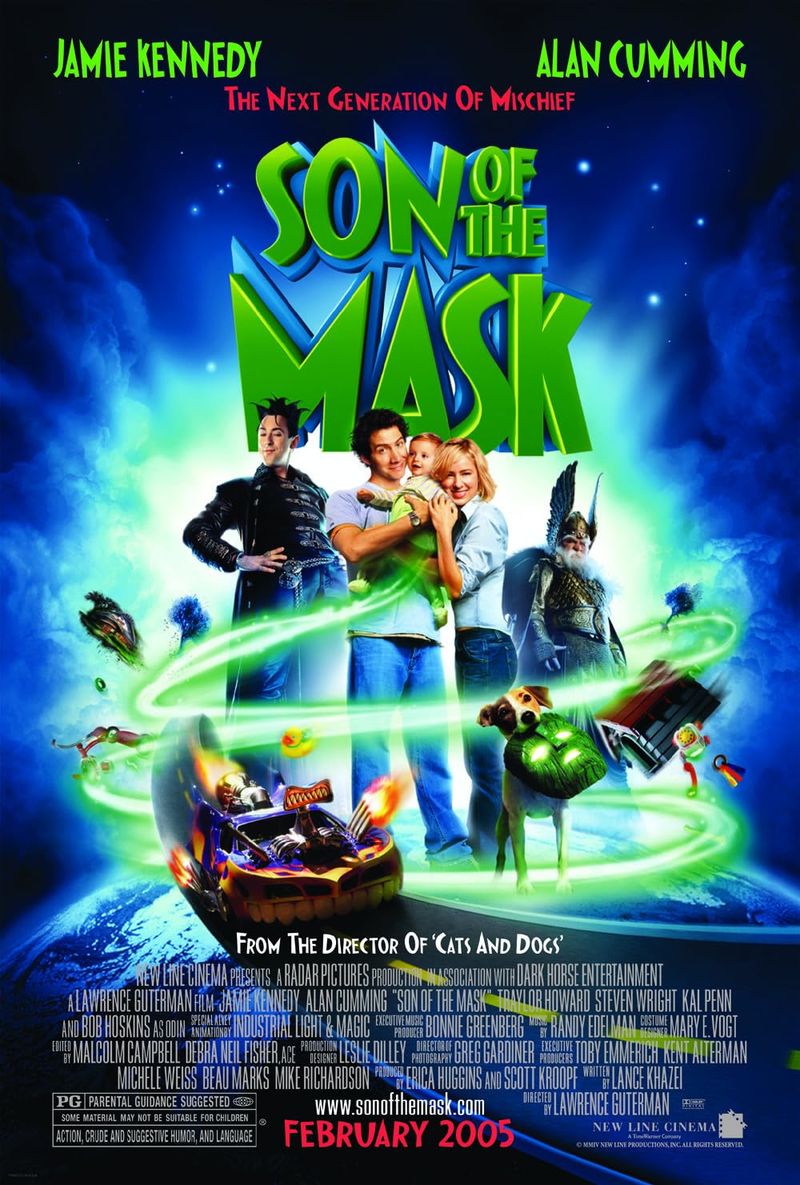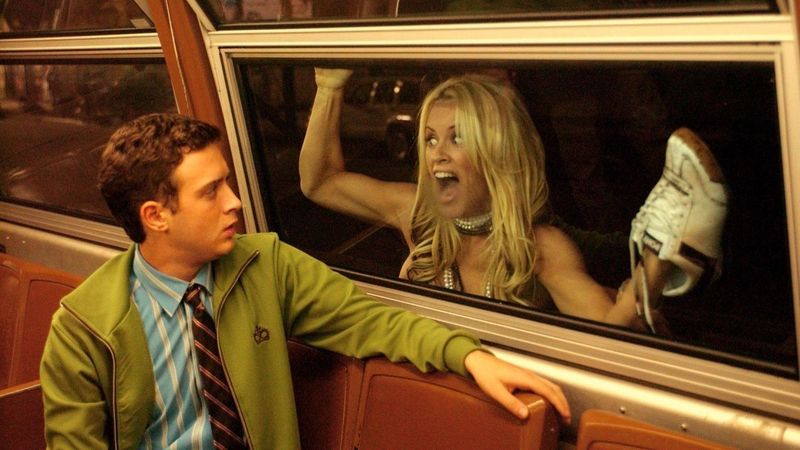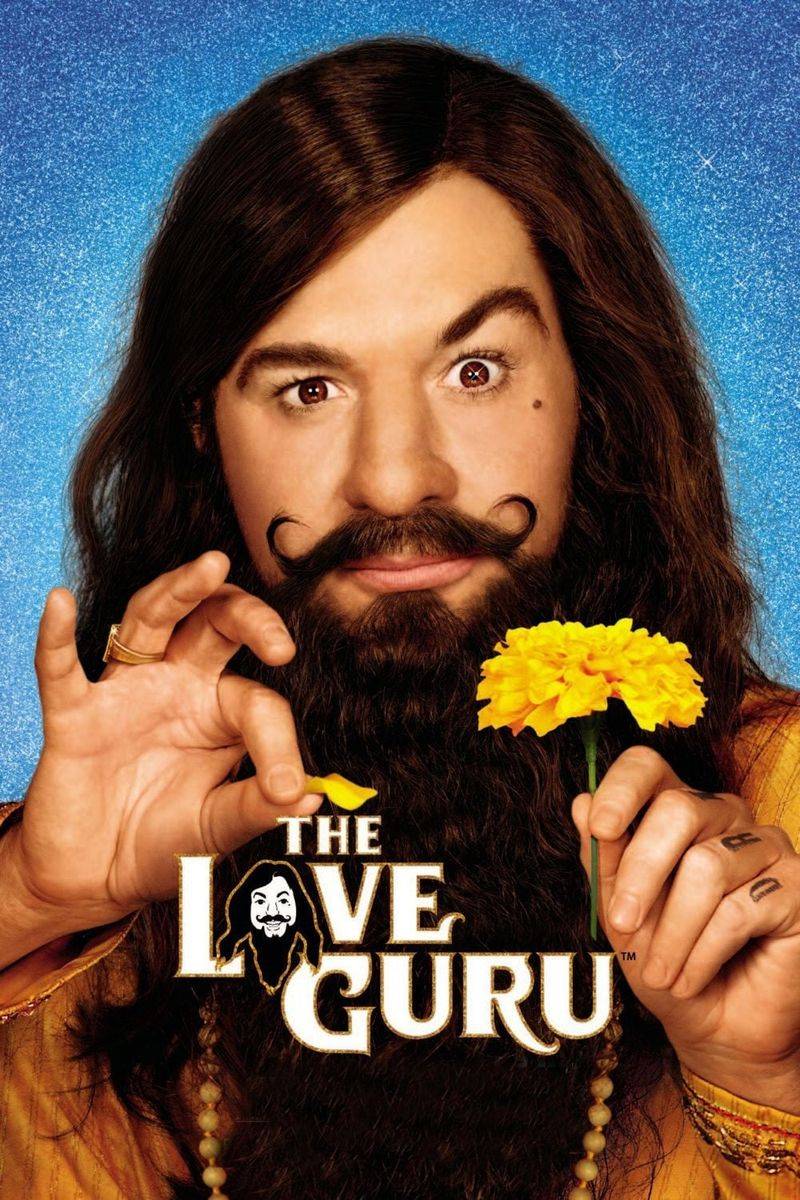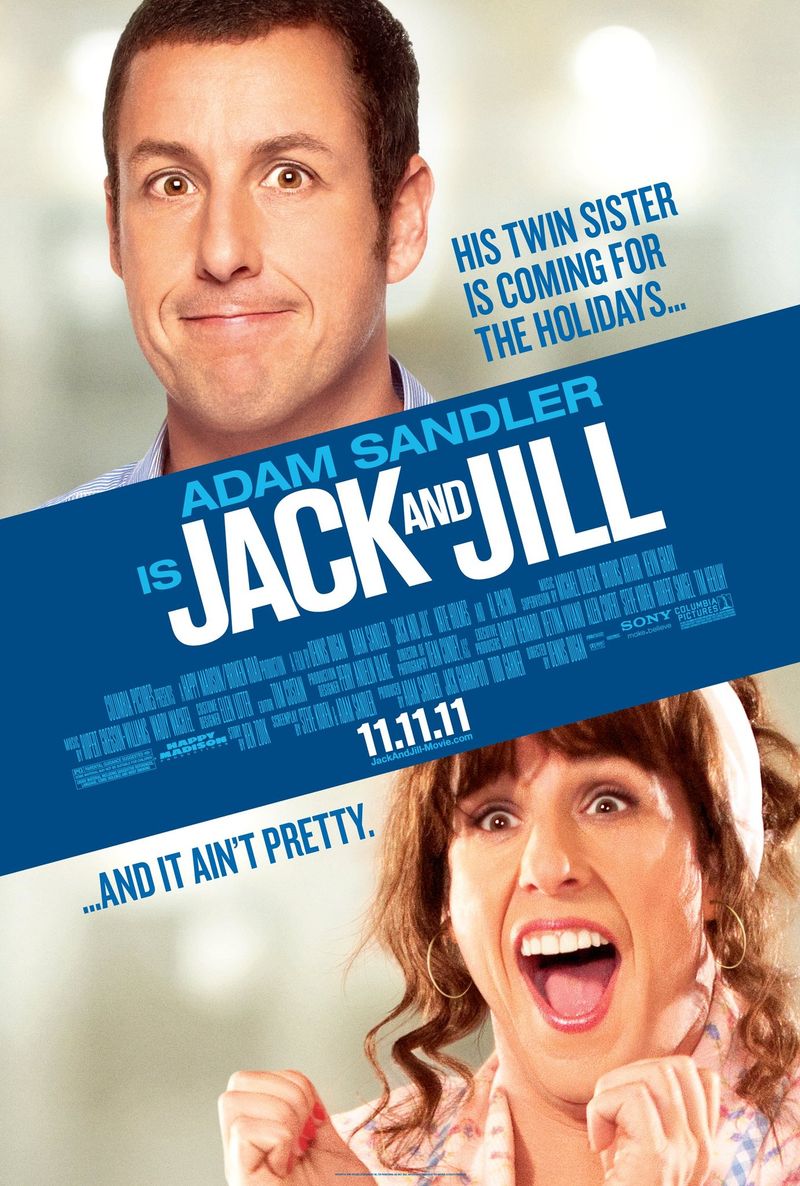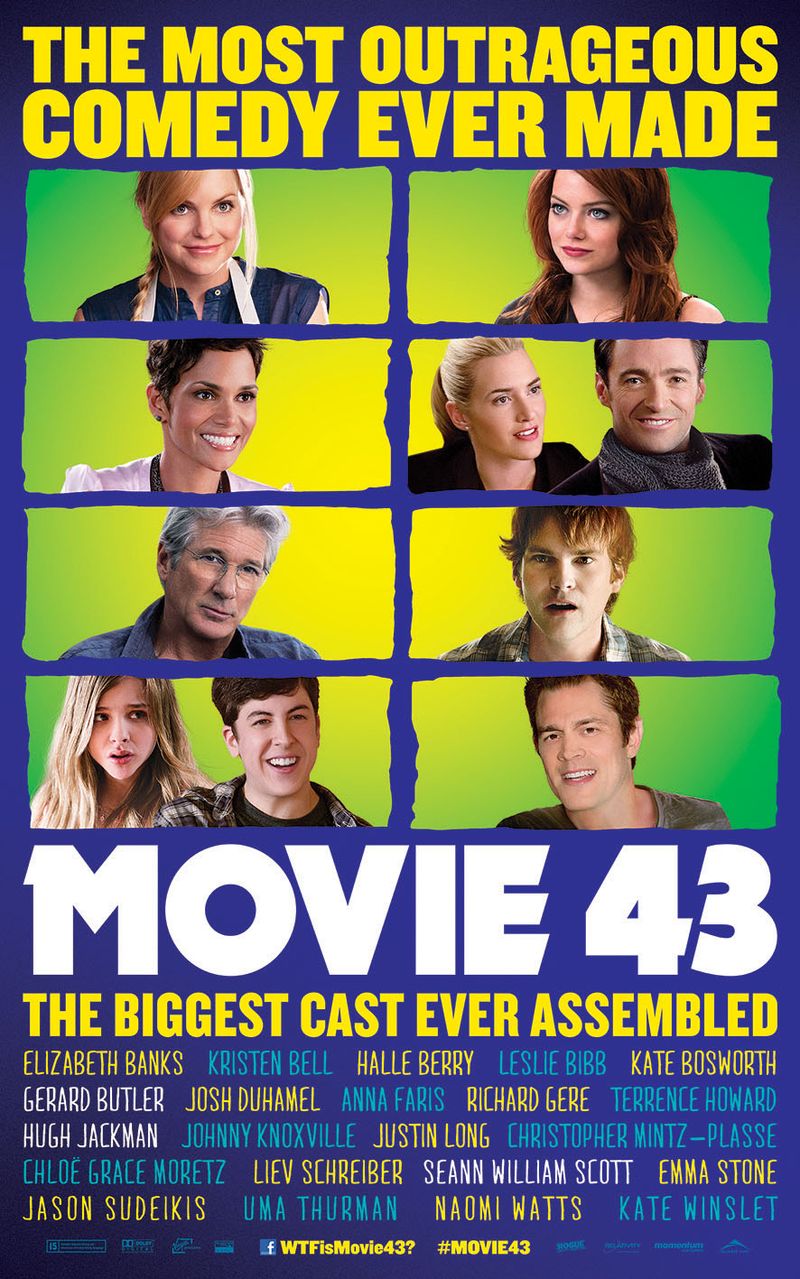In the world of cinema, not every movie is destined for greatness. Some films, despite high expectations, fail to deliver, leading to their premature withdrawal from theaters.
In this post, we explore 15 movies that were pulled from theaters due to their poor reception.
From cinematic missteps to narratives that went awry, these films serve as cautionary tales in filmmaking.
1. Heaven’s Gate (1980)
Considered one of Hollywood’s biggest disasters, “Heaven’s Gate” faced numerous production issues and financial woes. Despite a stellar cast, the film struggled with pacing and a convoluted plot.
It was withdrawn shortly after release due to poor reviews and dismal box office performance. The film’s failure was a hard lesson in the dangers of overambition and the importance of editing.
Initially intended as an epic Western, it remains a classic example of how not to execute large-scale projects in the film industry. Its withdrawal symbolized not just financial failure, but also artistic misjudgment.
2. Howard the Duck (1986)
“Howard the Duck” attempted to blend comedy and science fiction but fell short on both fronts. The film’s odd premise, based on a Marvel comic, didn’t translate well to the big screen.
Its humor was often criticized as being out of place, and the visual effects were deemed subpar. Despite its unique concept, it was pulled due to negative reception and disappointing ticket sales.
This movie is often remembered for its quirky attempt to create a talking duck superhero, but ultimately, it flopped. It’s an example of how risky adaptations can sometimes go awry.
3. Ishtar (1987)
“Ishtar” was supposed to be a comedic adventure but ended up as one of Hollywood’s biggest flops. Plagued by production problems and a ballooning budget, it showcased the pitfalls of unchecked creative freedom.
The film’s uneven tone and lackluster script led to audience disinterest. Critical reception was harsh, and it was soon pulled from theaters. The film serves as a reminder of the importance of coherent storytelling and budget management.
Despite its star-studded cast, “Ishtar” is often cited as a prime example of how big names alone can’t guarantee success.
4. Stop! Or My Mom Will Shoot (1992)
This film attempted to blend action and comedy but failed to find its mark. Sylvester Stallone starred alongside Estelle Getty in a mismatched pairing that didn’t resonate with audiences.
The humor was considered forced, and the storyline lacked substance. Critics panned the film, leading to its swift exit from theaters. It highlights how even action stars can falter when the script and direction don’t align.
The movie’s abrupt pull from theaters underscores the importance of ensuring a balanced genre mix and believable character dynamics in filmmaking.
5. Battlefield Earth (2000)
Based on the novel by L. Ron Hubbard, “Battlefield Earth” was a sci-fi epic that quickly turned into a cinematic laughingstock. Critics derided its over-the-top performances, poor script, and laughable special effects.
The movie struggled to connect with audiences and was pulled due to its disastrous reception. It serves as a cautionary tale about the risks of adapting complex novels with intricate themes.
The film’s abrupt withdrawal reflects its failure to translate book ideas into compelling cinema. “Battlefield Earth” remains notorious for its ambitious yet flawed execution.
6. The Adventures of Pluto Nash (2002)
“The Adventures of Pluto Nash” aimed to be a sci-fi comedy but ended up being a punchline itself. Set on the moon, the film’s ambitious setting couldn’t compensate for its lack of humor and engaging plot.
Eddie Murphy’s star power wasn’t enough to save this film from critical disdain and low audience turnout. Pulled shortly after release, it exemplifies the pitfalls of relying too heavily on a single star’s draw.
The movie’s failure highlights the need for a strong script and cohesive vision, especially in genre-blending projects.
7. Kangaroo Jack (2003)
Initially marketed as a family comedy, “Kangaroo Jack” confused audiences with its bizarre plot and misplaced humor. The film’s cartoonish elements clashed with its adult themes, leading to a muddled narrative.
Critics found little redeeming value, and audiences were left unimpressed, prompting a quick pull from theaters. This movie serves as a lesson in the importance of clear target audience identification and consistent tone.
Despite its catchy title, “Kangaroo Jack” is often remembered for its marketing missteps and story inconsistencies.
8. Gigli (2003)
“Gigli” became infamous for its lackluster plot and awkward romantic pairing of Ben Affleck and Jennifer Lopez. Despite high-profile stars, the film struggled with its confusing storyline and clunky dialogue.
Critics were harsh, and audiences avoided it, leading to a swift theatrical withdrawal. The film is often cited as a textbook case of how even star power can’t salvage a poorly constructed narrative.
“Gigli”‘s failure emphasizes the need for coherent storytelling and genuine chemistry between lead actors. It’s a cautionary tale in filmmaking partnerships gone wrong.
9. Superbabies: Baby Geniuses 2 (2004)
This sequel attempted to cash in on the mild success of its predecessor but quickly became a critical and commercial flop. The premise of talking, super-intelligent babies didn’t hold up, leading to ridicule from viewers and critics alike.
Pulled from theaters swiftly, it serves as a reminder of the dangers of sequel fatigue and the need for fresh ideas.
“Superbabies: Baby Geniuses 2” is often remembered for its over-reliance on a gimmicky concept without sufficient narrative depth, highlighting the perils of banking on novelty alone.
10. Son of the Mask (2005)
A sequel to the popular “The Mask,” this film failed to capture the charm and humor of its predecessor. The absence of Jim Carrey was keenly felt, and the plot fell flat with audiences.
Its reliance on over-the-top visual effects couldn’t compensate for the lack of engaging story and character development. Critically panned, it was quickly pulled from theaters.
“Son of the Mask” highlights the challenges of sequels living up to beloved originals and the importance of maintaining the essence that made the original a success.
11. Dirty Love (2005)
Starring Jenny McCarthy, “Dirty Love” aimed to be a raunchy comedy but failed to deliver laughs. The plot, centered on a woman’s chaotic love life, didn’t resonate, and the crude humor was often seen as distasteful.
Critics slammed the film for its lack of coherence and charm. With poor reviews and minimal audience turnout, it was soon pulled from theaters.
This film underscores the importance of clever writing and relatable characters in comedy. “Dirty Love” serves as a reminder that shock value alone doesn’t equate to comedic success.
12. The Love Guru (2008)
Mike Myers’ return to comedy with “The Love Guru” was met with critical derision and audience disappointment. The film’s humor was considered outdated, and its premise lacked the cleverness seen in Myers’ previous works.
Critics cited the movie’s reliance on stereotypes and its weak storyline as major flaws. Pulled quickly after disappointing earnings, it highlights the importance of evolving comedic styles.
“The Love Guru” remains a cautionary tale for how not to handle culturally sensitive material, and the risks of relying too heavily on past comedic formulas
14. Jack and Jill (2011)
“Jack and Jill,” starring Adam Sandler in dual roles, was widely panned for its lack of originality and humor. The film’s repetitive gags and over-reliance on slapstick comedy fell flat with audiences and critics alike.
Despite Sandler’s popularity, the movie was pulled due to low ticket sales and overwhelming negative reviews. It serves as a lesson in the risks of formulaic storytelling and the need for fresh comedic perspectives.
“Jack and Jill” is remembered as a misstep in Sandler’s career, highlighting the challenges of maintaining comedic relevance.
15. Movie 43 (2013)
An anthology comedy featuring a star-studded cast, “Movie 43” was criticized for its disjointed narrative and crude humor. Each segment varied in quality, and the overall structure failed to coalesce into a cohesive film.
Critics were unforgiving, and audience reactions were equally negative, leading to its prompt removal from theaters. This film highlights the difficulty in balancing multiple creative visions in a single project.
“Movie 43” is often cited as a cautionary example of the risks involved in experimental formats and the importance of a unified directorial vision.
